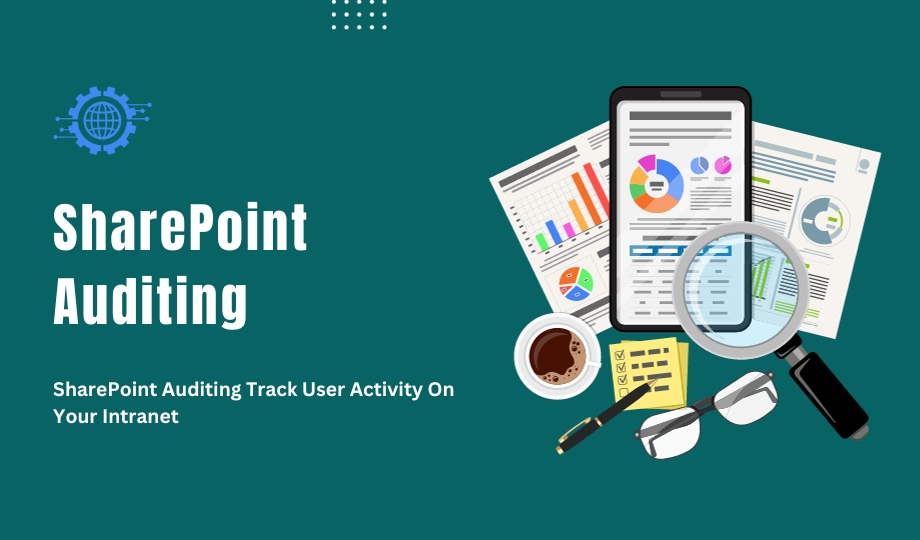SharePoint auditing is a feature that allows you to track user activity on your intranet. This can be useful for a number of reasons, such as:
To identify unauthorized access to content: SharePoint auditing can help you to identify unauthorized access to content on your intranet. This can help you to prevent data breaches and to protect your sensitive information.
To troubleshoot problems: SharePoint auditing can help you to troubleshoot problems with your intranet. For example, if a user is having trouble accessing a file, you can use SharePoint auditing to see who has accessed the file and what changes they have made.
To comply with regulations: Some organizations are required to comply with regulations that require them to track user activity on their systems. SharePoint auditing can help you to comply with these regulations.
SharePoint auditing is enabled by default for all sites, libraries, and lists. However, you can configure the auditing settings to meet your specific needs. For example, you can specify which events to audit and how long to keep the audit logs.
To view the SharePoint audit logs, you can use the SharePoint administration center or the SharePoint Designer app. The audit logs show a variety of information, such as the user who performed the action, the date and time of the action, and the type of action.
Here are some tips for using SharePoint auditing:
Review your audit logs regularly. It is a good idea to review your audit logs regularly to identify any unauthorized activity or problems.
Use filtering to narrow down your search results. The SharePoint audit logs can contain a large amount of data. You can use filtering to narrow down your search results and to find the information that you are looking for.
Use alerts to notify you of suspicious activity. You can configure SharePoint alerts to notify you of suspicious activity, such as unauthorized access to content or changes to important files.
By following these tips, you can use SharePoint auditing to track user activity on your intranet and to improve the security of your intranet.
Here are some examples of how you can use SharePoint auditing:
Track who has accessed a confidential document.
Track who has made changes to a critical project file.
Track who has created or deleted a site or library.
Track who has added or removed users from a group.
Track who has published or unpublished a web page.
These are just a few examples. You can use SharePoint auditing to track any type of user activity on your intranet.
By tracking user activity, you can identify potential security threats, troubleshoot problems, and ensure compliance with regulations.

